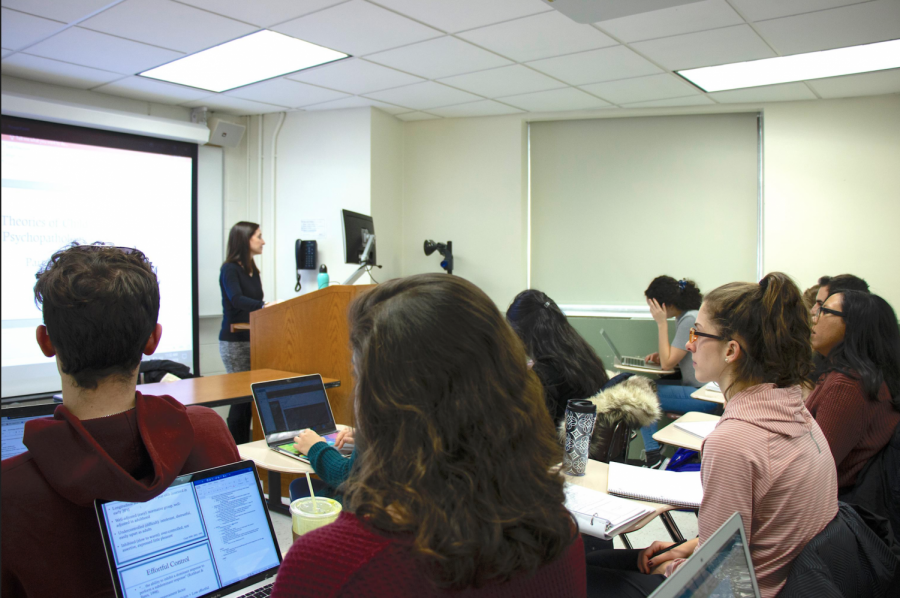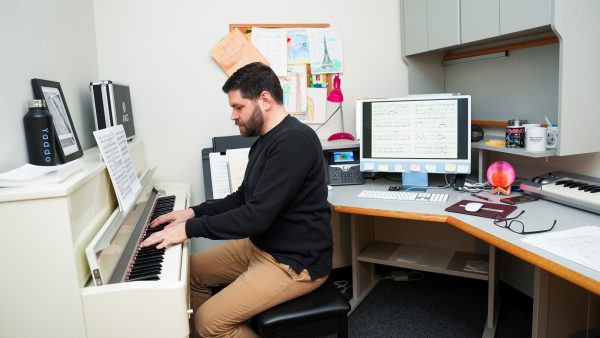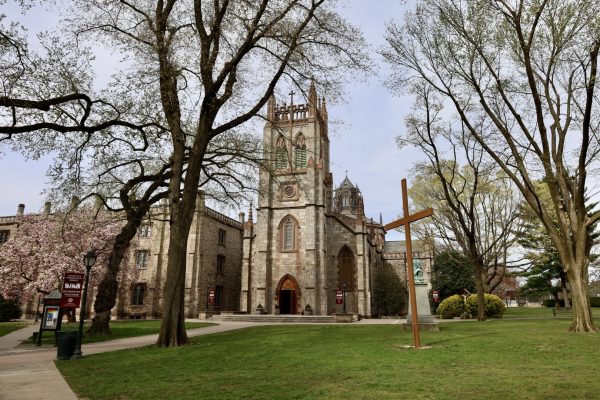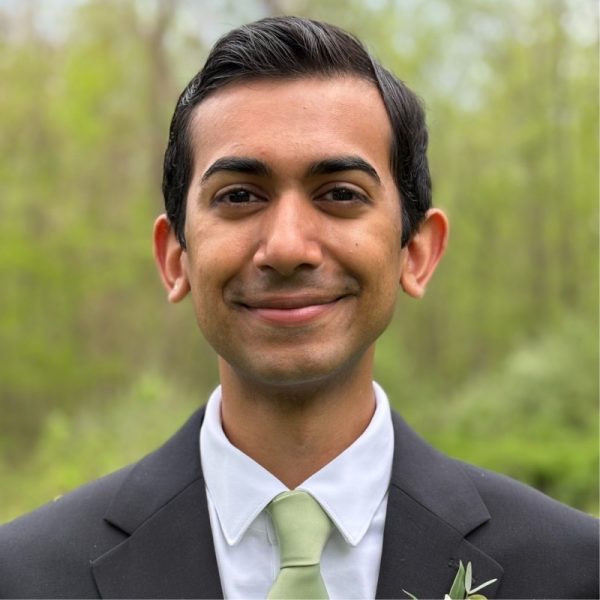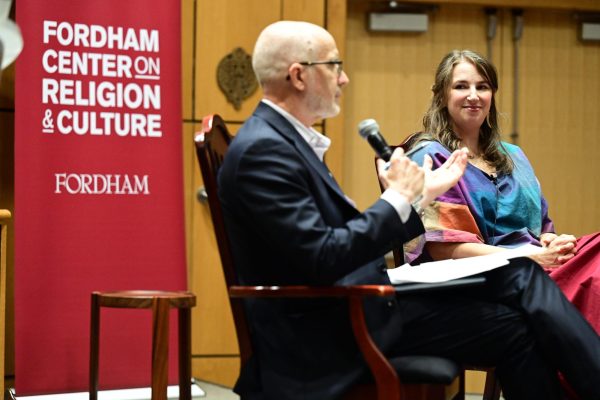Understanding Class Sizes at Fordham
By Tommy Tedesco
Some students have noticed that classrooms are overcrowded, including the writer of an opinion piece published by The Ram last week.
Assistant Vice President for Enrollment and Operational Services, Christina McGrath, said finding a solution to overcrowding is a high priority for the Office of the Provost. She said the challenge of providing space for constantly growing programs requires constant innovation and renovation.
“There have been times when two seminar rooms were combined into a lecture room, or vice versa,” said McGrath.
She said not all classrooms are created equal: academic departments may require more lecture halls while it can afford to give up seminar space, and it is not as simple as allocating more rooms to a program.
According to McGrath, the key is that each department’s specific needs influence which renovations are made. If a program is in need of more online resources, for instance, the university might decide to turn a seminar room into a computer lab.
McGrath said the process is highly feedback dependent. When classrooms start to get overcrowded, it is up to the program to alert the provost that renovations are needed.
“There have been many renovations, recently, on John Mulcahy Hall’s third floor in order to keep up with the rapidly expanding robotics and cybersecurity programs,” she said. “The increased demand on these programs is what drove the expansion of JMH third floor.”
Assistant Vice President for Academic Services, Gene Fein, Ph.D., said that the university is rarely aware of issues until students bring their complaints to the administration.
“We often learn about these issues through students coming to us, so it’s important that they feel comfortable doing so,” she said. Fein maintained that crowding should rarely be an issue.
“Rooms have maximum occupancy rules to follow as well as ADA guidelines, and that is something the university never compromises on,” she said.
However, she said special cases could account for slight overcrowding.
“If a couple students go to their dean and ask to be placed into a full class of, let’s say, 35, that could lead to some overcrowding,” said Fein. “Classroom assignments are solidified two to three weeks before classes begin, so if the number of students were to exceed a classroom’s safe maximum occupancy, that class would simply be relocated.”
Serious issues in the comfortable arrangement of a classroom may come down to legal codes that take into account safety but not comfort.
John Buckley, vice president for Undergraduate Admission and Financial Aid, said that the university accounts for campus accessibility during the admissions process.
“There is a very thoughtful and sensitive process that takes place in considering annual enrollments,” he said. “It’s a collaborative effort involving the enrollment staff, deans of individual colleges, student affairs staff, and staff from finance areas, and it’s a very carefully balanced equation.”
However, Buckley said that does not mean it is an exact science.
“Some years we undershoot our goal and go to the waitlist, while other years we overshoot our goal, which is a bit harder to correct,” said Buckley. “But we always aim for an average class size of 22 and a student to faculty ratio of 15 to one.”
According to the Fordham website, the university currently meets this goal.
Buckley cites not only crowding concerns, but the need to preserve Fordham’s “cura personalis,” or “care for the whole person.”
“There is an intimacy at Fordham that doesn’t exist elsewhere,” says Buckley. “That’s our edge, and we take every care to preserve it.”





































































































































































































